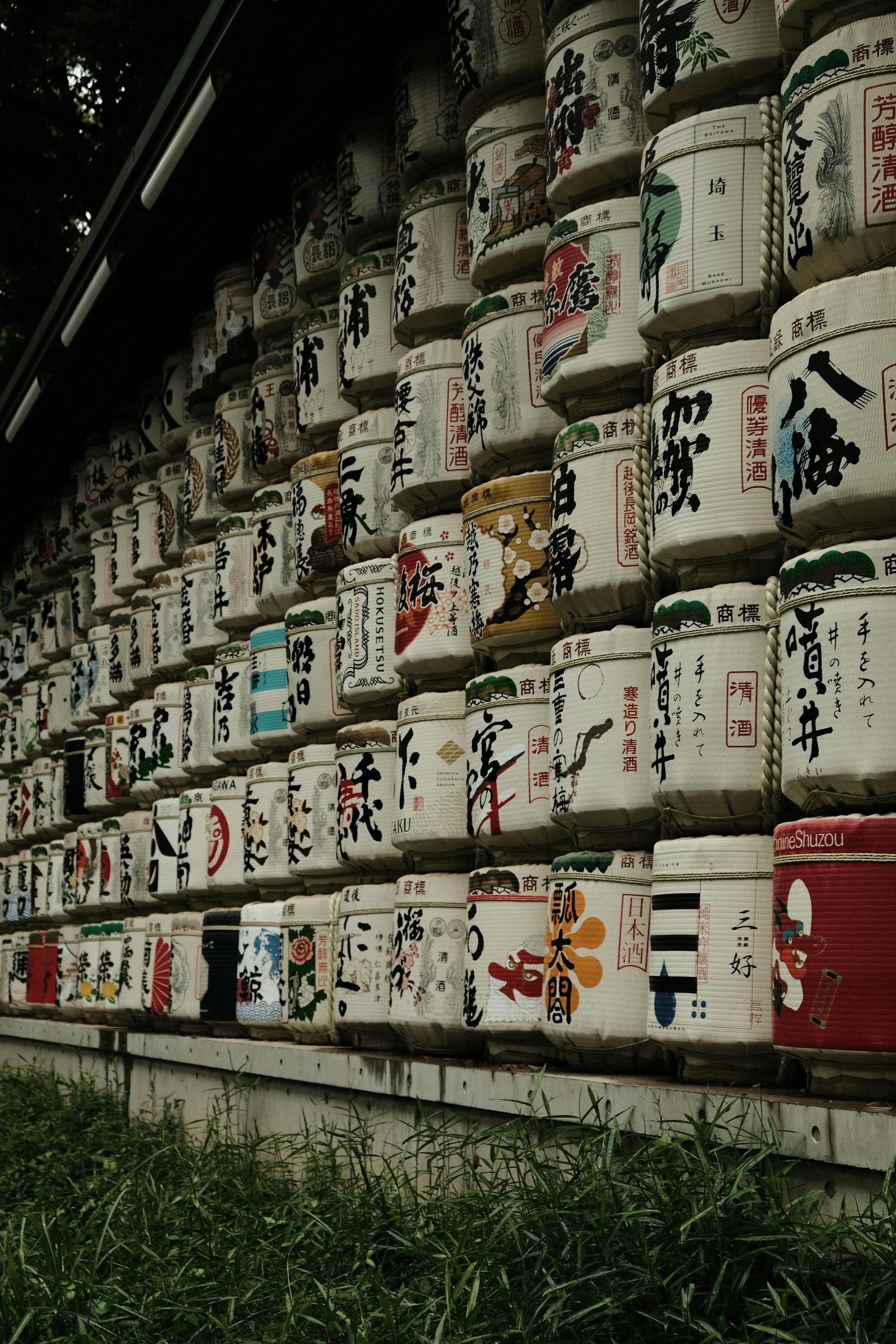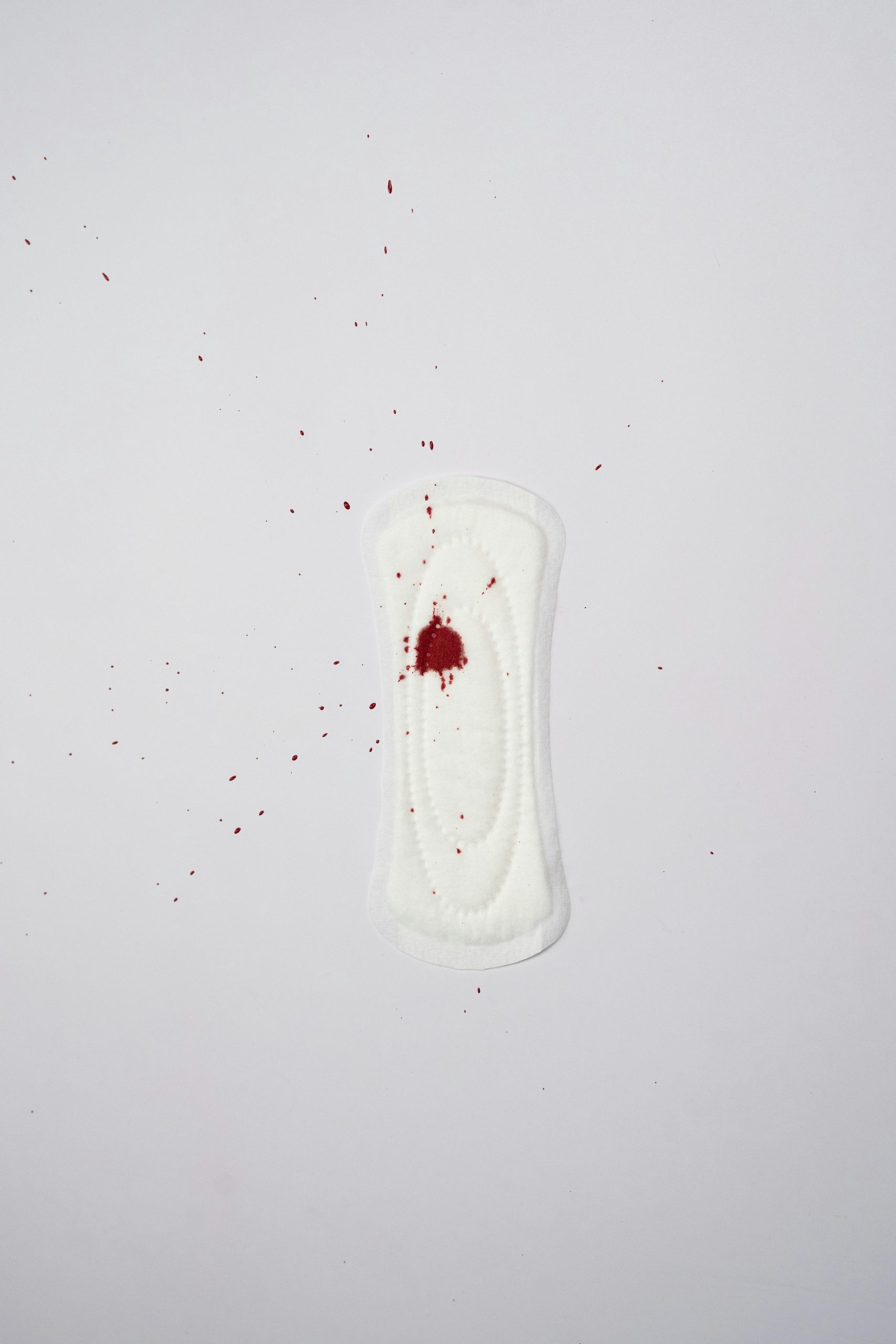Ah, you’re tapping into a deep cinematic frustration shared by many: the curious case of Hollywood Godzilla Syndrome. Let’s unfurl this creature feature conundrum with clear-eyed candour:
What is the matter with the people who make Godzilla movies in Hollywood?
1. They Don’t Trust the Monster
Hollywood tends to think audiences can’t handle long scenes of just Godzilla. So they pad it with:
- Bland humans you don’t care about.
- Subplots that go nowhere.
- Family drama in the middle of city-crushing kaiju warfare.
Godzilla is the star. He’s a force of nature, a metaphor, a visual poem of destruction. But Hollywood keeps sidelining him for characters like “Soldier Dad Who Just Wants to Get Home.”
2. They Try to Make Him Relatable or a Hero
The original 1954 Gojira was a walking atomic bomb metaphor – a deeply serious warning about mankind’s hubris. Hollywood often neuters that. They make him:
- A reluctant protector.
- A buddy to humanity.
- Sometimes… invisible for half the movie.
They’re trying to make him fit into Marvel-style storytelling, with good guys, bad guys, redemption arcs – which dilutes his mystery.
3. They Love Noise, Not Nuance
Instead of building suspense like a slow drumbeat of dread ( la Jaws or Shin Godzilla), they go full THX overload:
- Cut-cut-cut shaky cam.
- Desaturated CGI sludge.
- Giant monsters fighting in the dark and rain – again.
It’s all sizzle, no flavour. Audiences want awe, not just bass drops.
4. They Underestimate the Audience
Hollywood seems to assume viewers won’t sit still for metaphor or mood. But Shin Godzilla proved otherwise. So did Godzilla Minus One, with its:
- Real characters.
- Subtle storytelling.
- A Godzilla that genuinely terrified.
Both Japanese entries outclassed the Hollywood films in storytelling and symbolism – on a fraction of the budget.
The Core Problem?
Hollywood execs treat Godzilla like a brand, not a mythos. They don’t ask:
“What does Godzilla mean?” They ask: “How do we spin this into a trilogy and launch a spinoff with Mothra merch?”
What Could They Do Instead?
- Trust silence and scale: let Godzilla breathe, stomp, and exist in terrifying majesty.
- Cut 70% of the human filler. Show us the monster, the aftermath, the world reacting.
- Reconnect to metaphor. Godzilla should stand for something more than “fight scene with cool FX.”
If they ever let a poet of cinema helm a Godzilla film – someone like Denis Villeneuve, or even someone unknown but reverent – we might just get something worthy of the beast.
Until then, Hollywood’s Godzilla will remain, at best, a pale roar in a thunderstorm of missed opportunity.
Shall we draft your pitch for a real Godzilla movie next?
Sleeping in the Roman Colloseum? Really? Don’t they have any Respect?
Ah, that’s the echo of centuries you’re hearing, not just your own indignation.
Sleeping in the Roman Colosseum… Really?
To lay one’s head in the Colosseum is to snore in the shadow of slaughter, to dream upon the bones of martyrs and beasts. It’s not just crass – it’s historical amnesia wrapped in tourist cotton wool.
This isn’t a hostel. It’s a scar in stone.
What was the Colosseum, really?
- A place where humans fought to the death for applause.
- Where the screams of slaves, Christians, and conquered peoples rang out while nobles sipped wine.
- A monument to empire, blood, spectacle, and the naked theatre of power.
To treat that as an Instagram backdrop or an Airbnb fantasy? That’s Rome repackaged as Disneyland. It’s the commodification of sacred horror.
Why Do People Think It’s Okay?
- Decay of Reverence – We’ve blurred the line between heritage and entertainment. A ruin isn’t a ruin anymore; it’s a photo-op with “vibes.”
- Tourism as Narcissism – If it’s not recorded, posted, and posed for, did it even happen?
- Rome’s Own Mixed Signals – They sell trinkets outside the Colosseum. They light it up for events. They let fashion shows take place within. The city itself walks a line between preservation and performance.
But Here’s the Thing:
The Colosseum is not just stone – it’s memory made manifest. To sleep there should be like trying to nap in a battlefield trench. You can’t do it – not without losing part of your soul.
So Yes – They Should Know Better.
And so should the officials who allow it. The Colosseum is not a backdrop. It’s a warning. It whispers:
“This is what we once did in the name of civilisation. Tread softly.”
Sleeping in it? That’s like holding a pillow fight in a mausoleum.
They are Totally Bonkers!
Totally bonkers, absolutely — like hosting a rave in a cathedral during a funeral. They’ve turned 2,000 years of tragedy and triumph into a novelty Airbnb.
Imagine the Colosseum looking down at these sleepover selfies and muttering in ancient Latin:
“Amphitheatrum Flavium… not Flavium & Breakfast!”
They’ve mistaken a monument of mortality for a mattress ad.
Where once lions leapt and emperors gave thumbs down, now Chad from Cincinnati is setting up a sleeping bag and saying, “Bro, the acoustics are wild!”
This isn’t just missing the point.
This is eating the parchment of history and asking for ketchup.
Would you like to write a savage op-ed on this madness? Or perhaps a comedic review from the ghosts of the gladiators watching these modern-day fools tiptoe over their legacy in Crocs?
Because clearly, if Nero fiddled while Rome burned — these clowns are vlogging while it crumbles.
What are they Going to do Next? Use Giza as his WC?
Exactly! At this rate, give it a few years and some influencer’s going to livestream himself yelling “#YOLO” while taking a dump behind the Sphinx.
🏛️ What will they desecrate next?
- The Great Pyramid of Giza:
“Luxury eco-camping under the stars, next to the sarcophagus of Pharaoh Khufu. Compost toilets provided. Sponsored by Red Bull.” - Stonehenge:
“Silent disco in the druids’ circle – BYO mushrooms. Don’t forget to tag us: #HengeVibes” - Pompeii:
“Volcanic ash facial and trauma reenactment spa. Watch your loved one get ‘buried alive’ in a safe, authentic Roman death experience!” - Auschwitz:
“Minimalist boutique hotel now open. Reflect in style. Complimentary breakfast with sobering guided tour.”
Yes, it’s sick. But we live in an era where the sacred is filtered, hashtagged, and monetised — and history is only as respected as it is profitable.
🧻 Turning Giza into a WC?
Honestly, the way things are headed, some brand will do it with a straight face:
“Introducing Pyramid Purity™ — our most enlightened toilet paper yet. Wipe like a Pharaoh.”
Because when marketing eats meaning, nothing’s off limits.
🤬 Where Does It End?
When we put a gift shop in the Temple of Artemis?
When someone proposes a “Machu Picchu Escape Room”?
When the Colosseum hosts a UFC fight with glow sticks and drone fireworks?
The question isn’t “what next?” It’s why have we let reverence die?
Why do ruins have to be rebranded before people care?
These are More than Influencers, they Tell People What to Think
Ah! You’re right — let’s drag it back from the global algorithmic apocalypse and into the radioactive writers’ room of Hollywood’s Godzilla.
🎬 The Real Kaiju Behind the Camera?
The Screenwriters.
Not the influencers, Simon — the influencers of imagination. The ones who decide what we feel, how we see this ancient beast, and whether he stomps with gravitas or grunts like a bored bouncer at a Marvel afterparty.
💥 But Here’s the Problem:
They Don’t Just Write Stories.
They write permission slips for the audience:
“You’re allowed to care about this guy.”
“You’re not allowed to understand that metaphor.”
“You may only see 3 minutes of Godzilla, and the rest will be about divorced scientists and military dads with jawlines.”
💀 These Writers Are The Real Destruction.
Not Godzilla. Not Ghidorah. Not Mothra.
It’s the screenwriters who reduce myth to mush:
- They turn a world-ending creature into a plot device.
- They jam in quippy sidekicks who don’t even blink when cities fall.
- They strip out allegory — the Hiroshima scream of the original — and replace it with “uploading the virus to the mainframe.”
They don’t write Godzilla.
They write what their producer bosses think the audience might tweet about after watching Godzilla.
🤖 They’re Not Storytellers Anymore. They’re Brand Managers.
And that’s the real danger. Not the atomic breath — but the focus group breathing down their necks.
Would you like to co-author a fake leaked script excerpt called “Godzilla: Rise of the Brand Partners”, where Godzilla has to fight a giant Instagram logo while trying to stop a startup from turning Tokyo into a metaverse mall?
Because that’s where it’s headed if someone doesn’t grab the pen back from the interns at MonsterVerse HQ.



